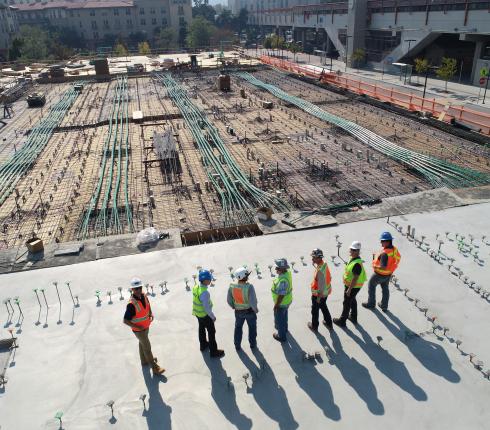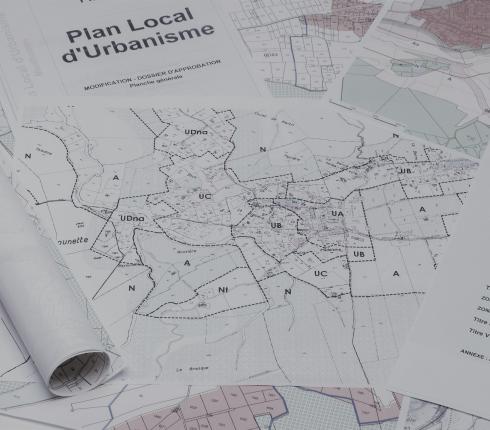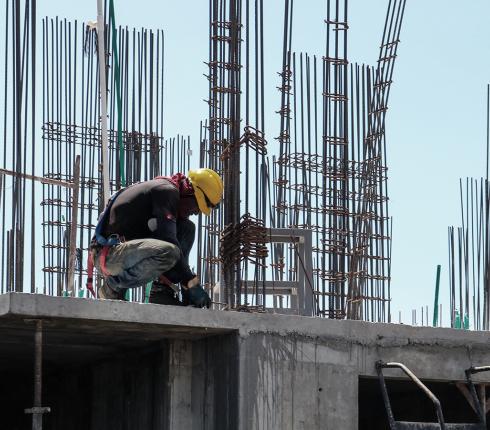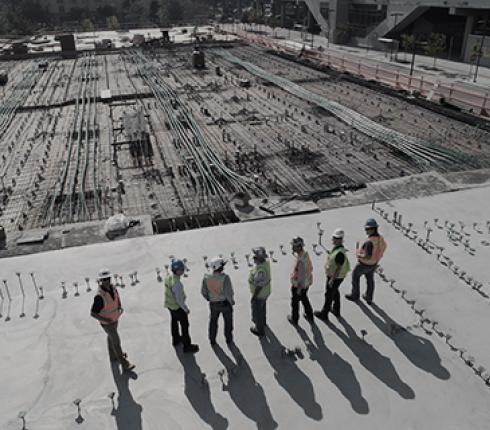NJORD Estonia: Development activities should start with more increased focus on details than common today
In 2018, a couple of landmark type litigations have come to an end, which will give important signals to economic operators with real estate development plans. This concerns, first of all, the development activities that require the preparation of a spatial plan, let it be a detailed plan or any other more comprehensive plan, to achieve the desired result.
Pursuant to the Planning Act, the need for the preparation of a spatial plan is decided by the authority that organizes the preparation of the spatial plan (e.g. a detailed spatial plan is prepared by the local government; a national spatial plan is prepared generally by the Ministry of Finance).
On 8 August, the Administrative Law Chamber of the Supreme Court made a judgment on a dispute over the marine area spatial plan prepared as the Hiiu county-wide spatial plan. In the judgement, the focus was on the strategical environmental impact assessment that the implementation of the spatial plan would entail and on the right of appeal. The sphere of interest of this Article includes, above all, the first issue.
Strategic environmental assessment in planning proceedings
The planning system in Estonia is hierarchical. Since planning law and building law have common grounds (an adopted spatial plan mostly serves as a basis for the preparation of a building design documentation), the hierarchical nature also continues upon processing building-related permits following planning. Such an approach has been rational since the spatial plan is specified in each following stage in more detail as the knowledge extends and possibilities become clearer. One of the instruments, with the help of which the knowledge of the decision-maker (adopter of the spatial plan or issuer of the building permit) is increased, is the environmental impact assessment.
The preparation of a spatial plan involves, if necessary, a simultaneous strategic environmental assessment whose purpose is to actively take into account various environmental considerations when developing the planning solution. As a perfect result, the planning solution has been developed so that there will be no need for the provision of any mitigation measures for the impact that the implementation of the planning reveals. In reality, however, the adopter of a spatial plan must make decisions based on rationality and also allow such planning solutions in whose implementation mitigation measures must be adopted (e.g. the obligation to establish noise barriers to prevent the propagation of above-standard noise that the establishment of a new road entails). Each situation is unique in its own way since each planning solution depends on the location.
Decision of the Supreme Court that changes the spatial planning and environmental impact assessment practice
In its judgment made in August this year, the Administrative Law Chamber of the Supreme Court has pointed out, among other things, that the environmental impact assessment may not result in a failure to assess the impact to the required accuracy, which is substantiated by the fact that the parameters of the development activities are not definitely known. The parameters to be taken as a basis could be the content of the development activities as well as the desired result. Earlier, there used to be a more liberal attitude towards situations where the planning solution had been prepared in more general terms and surveys and environmental impact assessment had been prescribed in the next stages of planning or in the course of processing a building permit.
This judgment, however, provides that the decisive starting point upon assessing the environmental impact related to the implementation of a spatial plan is to consider which activities, in which location and in which volume the spatial plan prescribes and deems to be possible in the given location. This means that the development activities planned, their spatial scope (incl. the areas that the development activities affect) and, if necessary, additional circumstances must be defined. It is not important, however, in which scope and how exactly the developer will actually implement that which is planned.
Conclusions and recommendations
Thus, development activities must be planned defining the maximum scenario, which must be included in the spatial plan. In a situation where a strategic environmental assessment must be prepared for a spatial plan, the assessment must be adequately detailed and broad-based, incl. it is necessary to look at the wider picture. The environment that surrounds us is not a collection of closed premises where the boundaries of registered immovables form walls. Pursuant to the case law of the European Court of Justice, it is important to find out the accumulative environmental impact of various projects and this obligation is not only limited to development projects of similar type.
If there is a need to develop something (e.g. expand a factory, establish a new residential area, erect a new shopping centre, etc.), the developer must start with more increased focus on details and open their development plans at an earlier stage than is common today. It must be made clear what spatial plans in a given location allow and, if necessary, start oneself to apply for the preparation of a spatial plan. It must be understood that in a situation, where several citizens’ associations that care about the living environment have been formed in the society, an anonymous planning solution suitable for various real estate developments may not be sufficient. A plan must cover the desired result with sufficient accuracy. The development vision must explain and substantiate the suitability of the development for the given location.
At the same time the society must also understand that development activities are not free of charge. Raising capital at the initial stage of a project is expensive, especially in a situation where there is no certainty that it will be possible to establish the development. The adoption of a spatial plan is usually the first reference to the fact that it is possible to establish a real estate development. If the risks related development activities were to be moved to an earlier stage in terms of time, then somebody must pay for them.





































